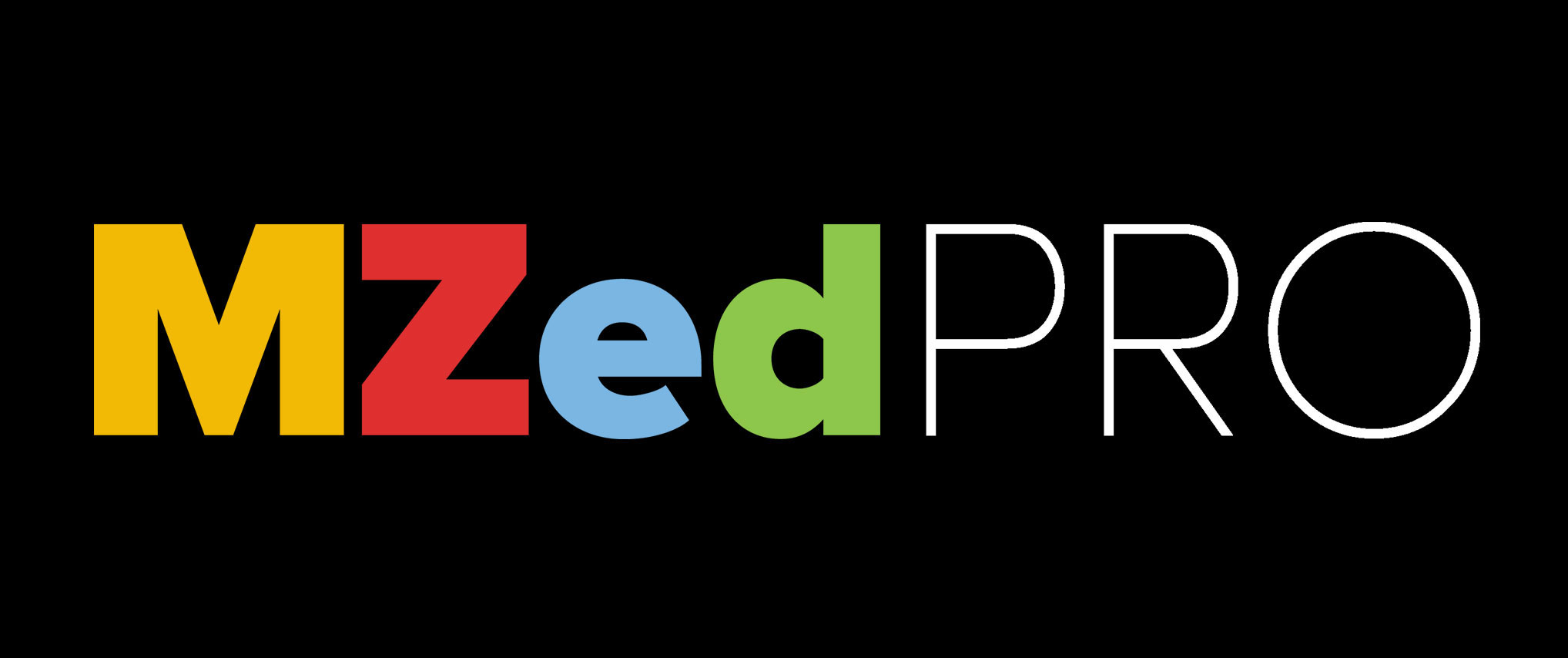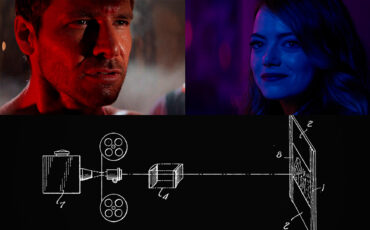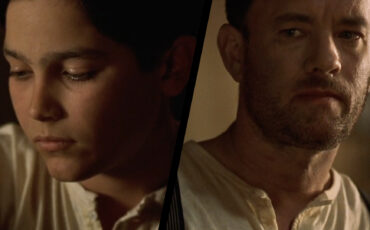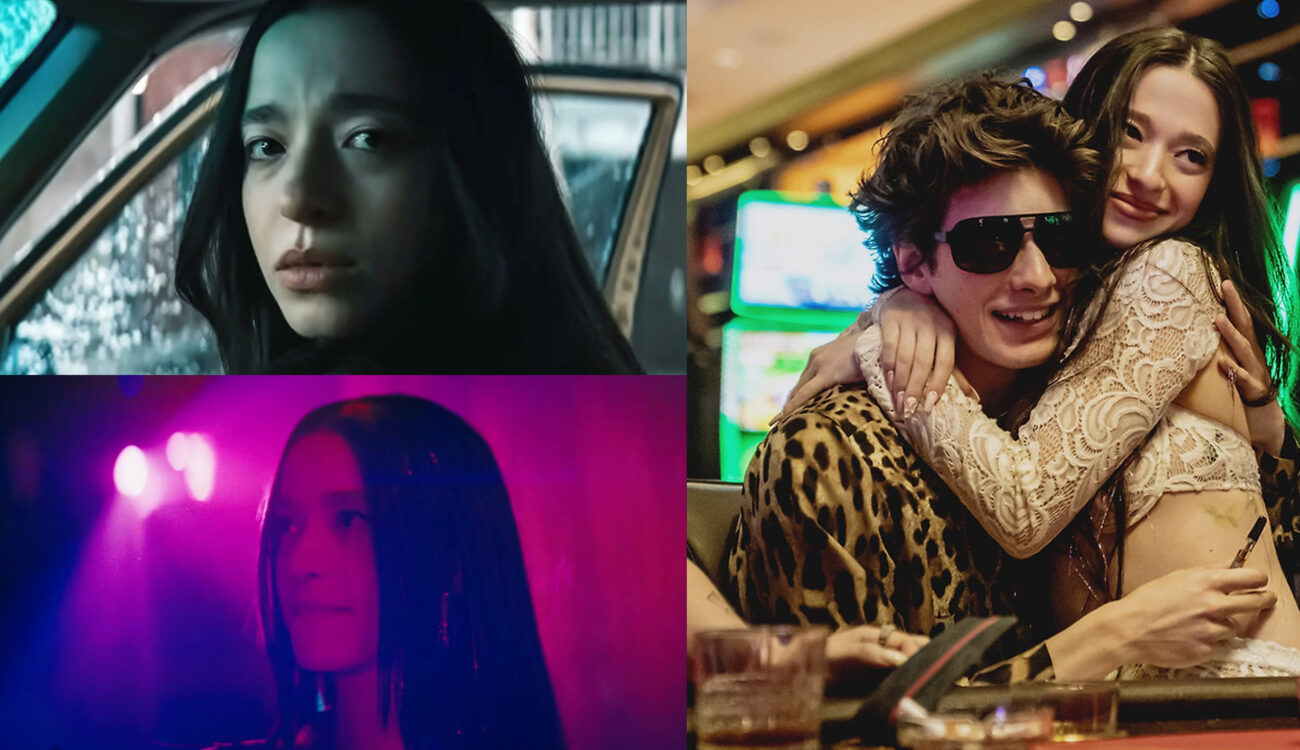
In our Oscar run this week, we discuss different nominees, peeking behind the scenes. It’s a wild mix, to be fair: from epic science-fiction “Dune: Part Two” to an unsettling yet poetic remake of classic horror “Nosferatu.” Even so, there is one movie we’re about to take a look at that stands out completely. Namely, “Anora” – Sean Baker’s wild fairy tale of our time, set in Brighton Beach (a Russian-American neighborhood in Brooklyn). Not only does the film’s story revolve around post-Soviet society in the USA, but also its look & feel have a rather heartfelt nostalgia to it. Let’s explore the vibes of “Anora” and how they were achieved through locations, camera language, and “controlled chaos” in blocking.
For someone who was born in Russia or the USSR (like myself), this film opens a direct door to a familiar, long-forgotten world. There are several reasons why it works. Of course, half of the cast are either Russians or Armenians, the dialogues mix the languages, the story features classic (not to say “cliché”) character types from Russia like oligarchs and “gopnics”, and we all know that chosen locations have definite Soviet vibes. Yet it’s not only this. Cinematography also plays a huge role in crafting the vibes of “Anora.” And does so brilliantly, even on a low budget (compared to what some Hollywood films or Netflix series cost).
I guess I’m not the only one who got caught by the feelings “Anora” evokes. The indie movie won the Palm d’Or in Cannes last year and has received six Academy Award nominations, including Best Picture, Best Original Screenplay, and director’s nod to Sean Baker.
Approaching the low-budget production
“Anora” follows the story of a 23-year sex worker (or, as they say in the film – erotic dancer), Anora “Ani” Mikheeva, in Brighton Beach. During one of the night shifts, Ani meets Ivan “Vanya” Zakharov, the son of a wealthy Russian oligarch, who goes from being her client to becoming her legal husband in just one week. Set to remind us of a classic fairy tale structure, this is the part where bad guys close in. After Vanya’s parents get word about the secret beleaguered marriage, the magic falls apart, and Anora’s story suddenly takes a crazy downward spiral.
The movie’s budget was roughly $6 million, which sounds like a lot of money, yet for such projects–it’s not. On top of that, film creators stretched it to the absolute maximum to include the luxurious mansion as the main location, private jet scenes, a helicopter shot, and sequences in Las Vegas. So, how would you approach such an indie production with all its means and limitations?
Tailoring your concept to your resources
In the subsequent (and very insightful) YouTube interview with filmmaker Luc Forsyth, “Anora’s” cinematographer Drew Daniels offers his take on it.
I think, that often, your limitations are what dictates a lot of your stylistic and creative choices. And I think, that’s okay.
Drew Daniels, cinematographer of “Anora”
In Drew’s words, “Anora” is very grounded. For one, the camera is literally on the ground, in the middle of the action. The creators didn’t include big sweeping crane shots or techno-crane scenes, nor was it part of the film’s visual language. Quite the opposite, its cinematography is often handheld, simple, and not always perfect. Sometimes they used a dolly on the bare floor without tracks and had to embrace the scratchiness of the movement. Other times, the scenes were underlit, and they knew they would have to push the film. Yet all that reflects the rough and jumpy character of the protagonist, Ani, so well that it was a conscious choice. Of course, it also helped to keep the budget under control.
The Indie Film Blueprint
One of the biggest tips for aspiring filmmakers, Drew gives in the interview above, is to tailor your movie to your resources. You don’t need to wait for ARRI Alexa 65 to appear on your doorstep. As long as you have an interesting story and put your heart into it, you can shoot it with Sony FX3 and get an incredible film (the sci-fi thriller “The Creator” is living proof of this point).
Locations help to build the vibes of Anora
“Anora” was shot entirely on location, which is a rare find nowadays. Yet, locations are an important part of the story. That’s why filmmakers spent their prep in scouting, driving around in a van, and looking for angles. Drew recalls that whenever they found a suitable place or composition, Sean would write a scene around it.
That’s actually how the script of “Anora” came together in the first place. In the podcast to Indiewire, the director Sean Baker explains that he had long dreamed of finding a project he could shoot in Russian and Armenian Brooklyn neighborhoods. He had some inspiration already, such as Ani’s Cinderella story and the hostage sequence in the living room. Yet he couldn’t quite build the precise world for the scenes because he knew nothing about it. Thus, Sean literally googled “best and biggest mansion in Brighton Beach” and set his story in the mansion that popped up. It once belonged to a Russian oligarch, so it was a perfect fit. Luckily, they could secure the exact same mansion for three weeks of shooting afterward.

Vibes of Anora: outside world
Brighton Beach, overall, was, for sure, a correct setting choice for this story. They didn’t have to do much with its interiors and exteriors to create the distinct vibes of “Anora.” Conversely, it feels as if the place took its part in the movie pro-actively. For instance, in the sequence where characters go from one restaurant to another looking for Ivan, Drew Daniels was shooting with a long lens through the windows from across the street. So, extras didn’t even know they were in a movie. For instance, a woman in a pizza place, who suggests that this boy was probably kidnapped, was an ordinary visitor, and the moment wasn’t scripted. Where else would you find such local charm and color?
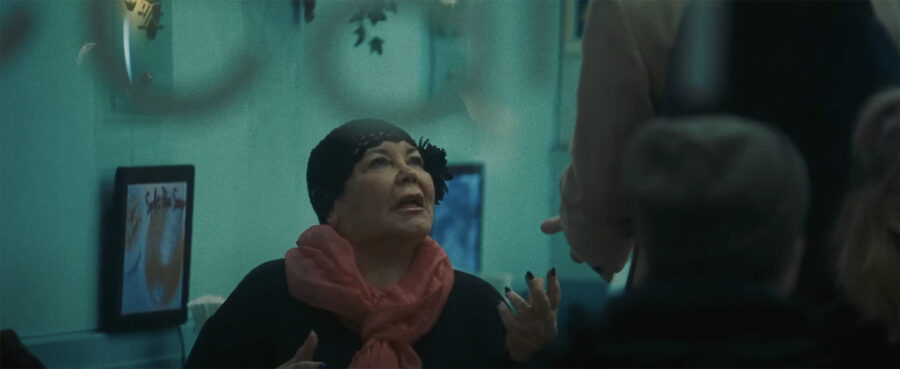
Nostalgic feel of the vintage anamorphic lenses
It’s a movie about Russians and Russian-Armenian expats, so naturally, film creators wanted to find suitable optics. That’s why they went for vintage soviet LOMO lenses (LOMO stands for „Leningrad Optical-Mechanical Association” in Russian) from the seventies. Sean and Drew knew from the beginning that they wanted an anamorphic and not spherical look. It felt that the story needed a bit of that anamorphic magic, a fairytale quality, in Drew’s words. Vintage LOMOs both had Russian DNA and provided the look that film creators envisioned for “Anora,” with lots of aberrations, fall-off, distortion, softness, and dramatic orbital flares. Lens flares are not a frequent visual tool in this movie, but when they do appear, they’re stunning and hit you right in the face:

Film stills from “Anora” by Sean Baker, 2024 
In the conversation with AtlasLensCo, Drew Daniels says his go-to lenses were 35mm and 75mm LOMO. He used them for 75% of the film. At the same time, the cinematographer also had a handful of Atlas Orion as a backup. Their 25mm, for example, helped him to achieve extreme wide shots of “Anora,” and Steadicam sequences in the hallways. In general, he relied on Orions in low-light situations, like car scenes (because, for those, Russian vintage glass was too slow). However, the DP had to diffuse them to better match the soft look of the LOMOs.
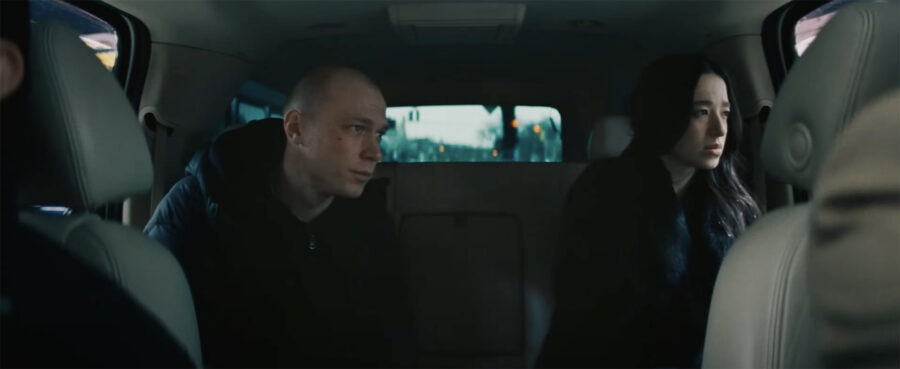
As for the style-defining lens of “Anora,” this place definitely belongs to the LOMO Zoom 40 to 120mm. The square front is anamorphic with an accordion leather bellows, huge and mighty. It felt like it should have been in a museum instead, admits Drew. Yet when he and Sean tried it for the first time, they knew immediately that it would become the signature of their visual style. And so it did.
Vibes of Anora: controlled chaos
If you have seen “Anora,” then you know it often feels very chaotic, natural, improvised, unblocked, and unrehearsed. However, Drew Daniels says in the interview that it was none of those things. For Sean Baker’s directing approach, he uses the term “controlled chaos.” This means they did have walk-throughs with actors, shot design, and marks on the floor, but they always tried to roll as soon as possible. They’d rather film the rehearsals in case something magical would happen than rehearse the scene until all the magic was gone.

Film stills from “Anora” by Sean Baker, 2024 

For Drew, it’s like playing jazz with actors, and he enjoys this kind of workflow the most. Handheld, first take, no rehearsal – just him, the camera, and the actor, following this instinctive mutual dance. That’s why sometimes Sean Baker would rehearse dialogue away from the set and only block the movement with the camera. The action stayed fresh in the moment, both for the actors and for the cinematographer.
Production tip from Drew Daniels to aspiring cinematographers
To achieve this kind of “controlled chaos,” you must prepare properly. For Drew Daniels, it means setting everything for all angles upfront. Even if the light behind the camera is turned off, it is immediately available and can be quickly used once they need a reverse shot. This allows a setup change in the scene at top speed, and the crew and the actors contain the required energy instead of waiting hours for the next shot. As a rule, when the scene is already lit, Drew doesn’t need more than 5 minutes to jump on a close-up. He believes that the DP’s approach is an essential asset in low-budget productions.

Conclusion
The 97th Academy Awards ceremony will take place on Sunday, March 2, 2025, in Hollywood. During the gala, creators of films released in 2024 will compete for Oscars in 23 categories. Those who are interested can watch the event on US television or stream it on Hulu.
What do you think about “Anora?” Does it have a chance to become Best Picture of the Year? How did it make you feel when you watched it? Let’s talk all about it in the comments below!
Feature image: combined film stills from “Anora.”



